Retro Replay Review
Gameplay
Harvest: Massive Encounter places you at the heart of a real-time defense-strategy challenge where every decision can mean survival or annihilation. You begin by colonizing one of three distinct planets—an arid cratered wasteland, a frozen arctic tundra, or a lush temperate world—each offering unique alien threats and terrain considerations. Rather than commanding armies, you focus on building and upgrading defensive structures to protect your base from relentless waves of attackers.
Resource management in Harvest is deceptively simple yet deeply strategic. You work with only two resources—minerals and energy—and must carefully balance extraction, storage, and expenditure. Minerals are harvested automatically from designated sites, but energy flows through a network of conduits represented by sparks that leap between linked nodes. This visual approach to energy means you can’t simply glance at a number; you must watch your power grid in motion and reconfigure linkages to avoid blackouts at critical moments.
Despite having no mobile units or complex tech trees, Harvest offers surprising depth. You can customize each defensive tower with varying attack types and ranges, rotating towers to cover blind spots or stacking them in tight formations for concentrated firepower. Strategic placement and timely upgrades become your primary tools, and the absence of traditional unit production forces you to master turret synergies and resource flow. The result is a pure, addictive defense experience where every level becomes a test of pattern recognition and resource optimization.
Graphics
Visually, Harvest: Massive Encounter embraces a clean, utilitarian style that prioritizes clarity over flash. The game world is rendered in crisp, geometric 2D art, with each planet’s surface distinctly textured to reflect its climate: sandy hues and rocky pits for the arid world, icy blues and whites for the arctic, and verdant greens for the temperate environment. These color palettes not only look appealing but also help players quickly identify buildable areas and resource deposits.
The interface is uncluttered, with intuitive icons and a minimalist HUD that keeps your attention on the battlefield. When enemies swarm, they stand out crisply against the background, making it easy to track their paths and adjust your defenses on the fly. Particle effects—especially the animated energy sparks—add both visual flair and functional feedback, instantly revealing where power is flowing and where you might be underpowered.
While Harvest doesn’t push graphical boundaries in terms of high-end shaders or 3D models, its art direction is perfectly suited to the gameplay. The simple, yet bold aesthetic reduces visual noise during hectic encounters, ensuring you can make split-second decisions without frustration. Subtle touches—like environmental animations and smooth transitions between build menus—round out a visually coherent experience that feels polished and purposeful.
Story
Harvest: Massive Encounter doesn’t deliver a cinematic narrative or branching storylines. Instead, the game’s “story” unfolds through its planetary settings and the escalating intensity of alien waves. Each planet you colonize represents a different chapter in your fight for survival, with enemy types evolving to match the harsh conditions of sandstorms, blizzards, or dense foliage.
The absence of a traditional plot might strike some players as unconventional, but it allows the game to focus entirely on emergent storytelling through gameplay. As you fend off new threats—flying acid-spitting aliens on the temperate planet or massive armored behemoths in the cratered wasteland—you craft your own tale of ingenuity, perseverance, and occasional despair when your base falls in pieces.
For players who crave lore, Harvest hints at a broader universe of interplanetary colonization and conflict, but leaves much to the imagination. The emphasis is squarely on strategic mastery and adapting to changing conditions rather than cutscenes or character arcs. This minimalist approach keeps the pace brisk and ensures that the core defensive gameplay remains front and center.
Overall Experience
Harvest: Massive Encounter delivers a refreshing twist on the tower defense genre by stripping away traditional unit management and focusing on base-building ingenuity. The learning curve is approachable, yet mastering energy distribution and tower configurations provides a rewarding long-term challenge. Each planet feels like a new puzzle, encouraging experimentation and replayability.
The game’s pacing strikes a satisfying balance between calm construction phases and explosive waves of enemies. You’ll find yourself tweaking layouts, rerouting power links, and upgrading defenses in response to increasingly complex threats. The satisfaction of watching a well-planned energy grid light up and decimate incoming forces is a unique high point that keeps you coming back for “just one more run.”
While Harvest may not cater to fans seeking deep narrative or flashy visuals, it excels as a focused, strategic triumph. Oxeye’s indie creation proves that a tower defense game can captivate players through elegant mechanics and tight design. If you’re looking for a defense-strategy title that emphasizes thoughtful planning, resource juggling, and inventive problem-solving, Harvest: Massive Encounter is a must-play.
 Retro Replay Retro Replay gaming reviews, news, emulation, geek stuff and more!
Retro Replay Retro Replay gaming reviews, news, emulation, geek stuff and more!
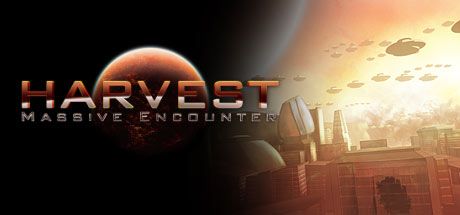
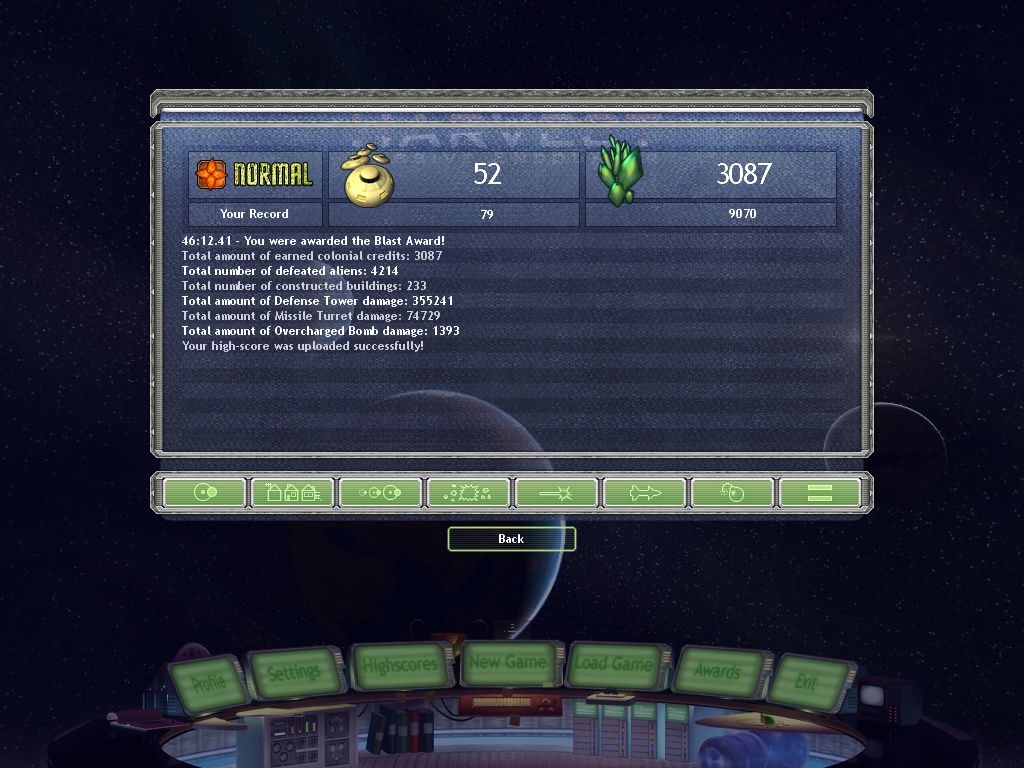
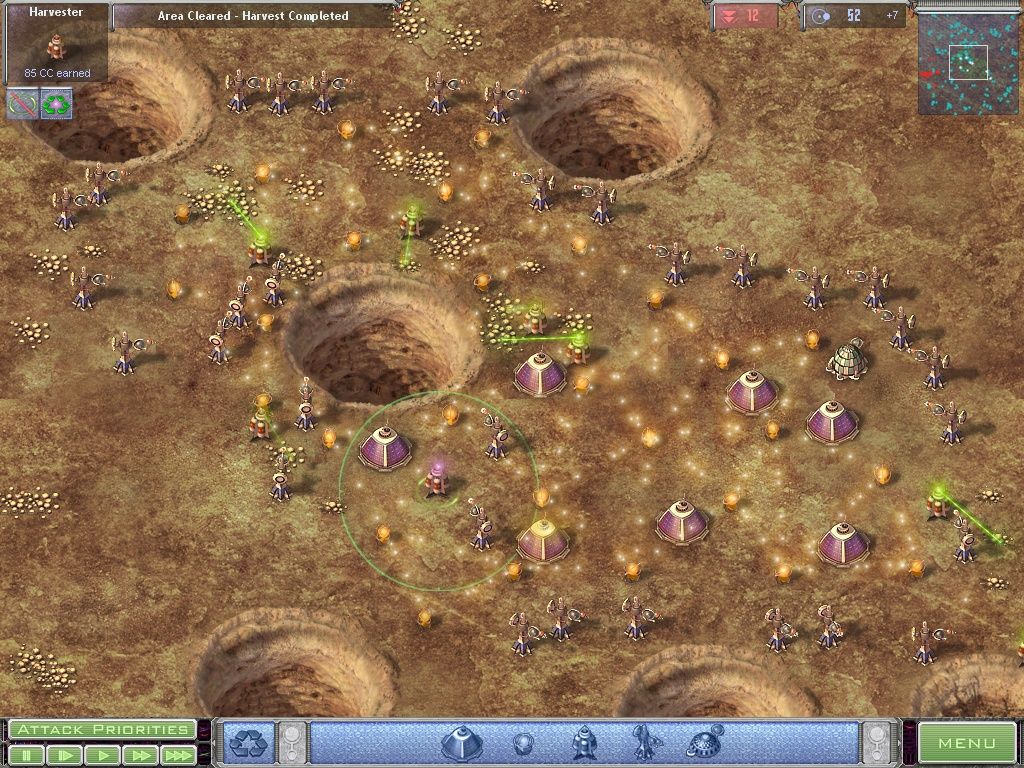
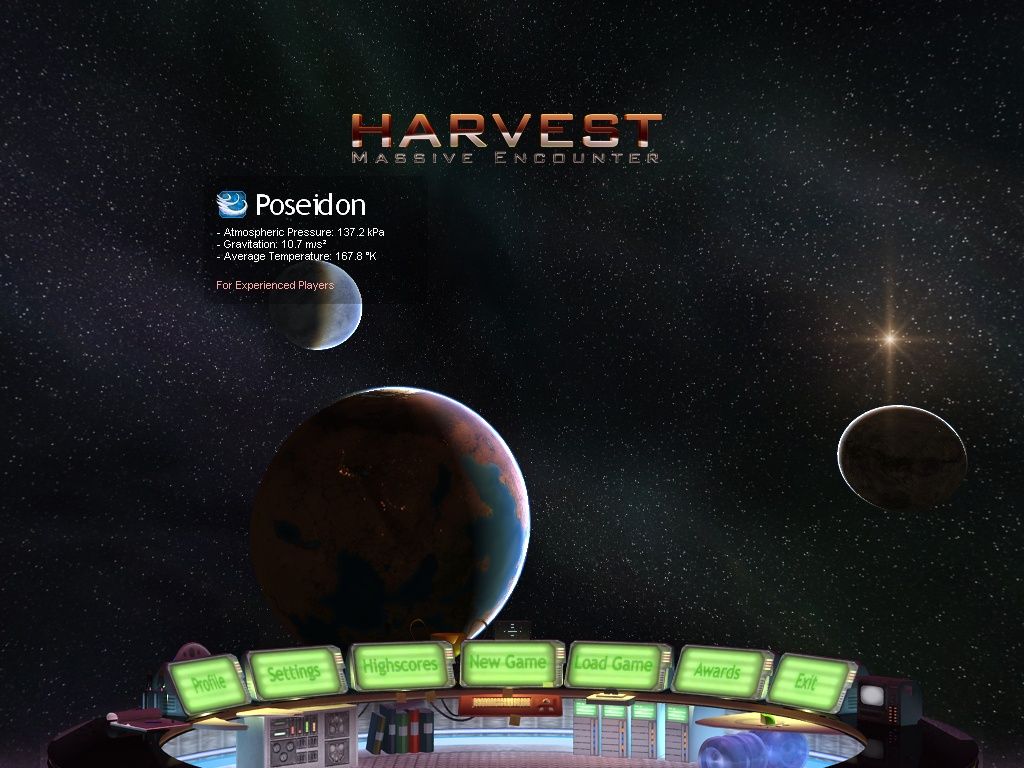
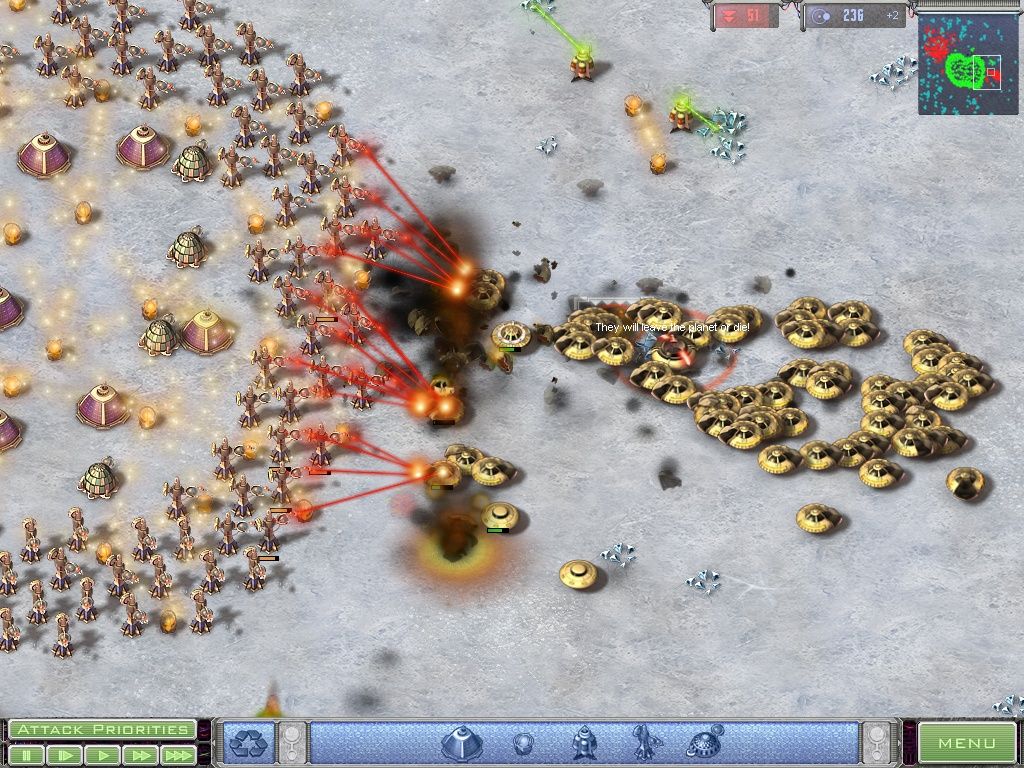
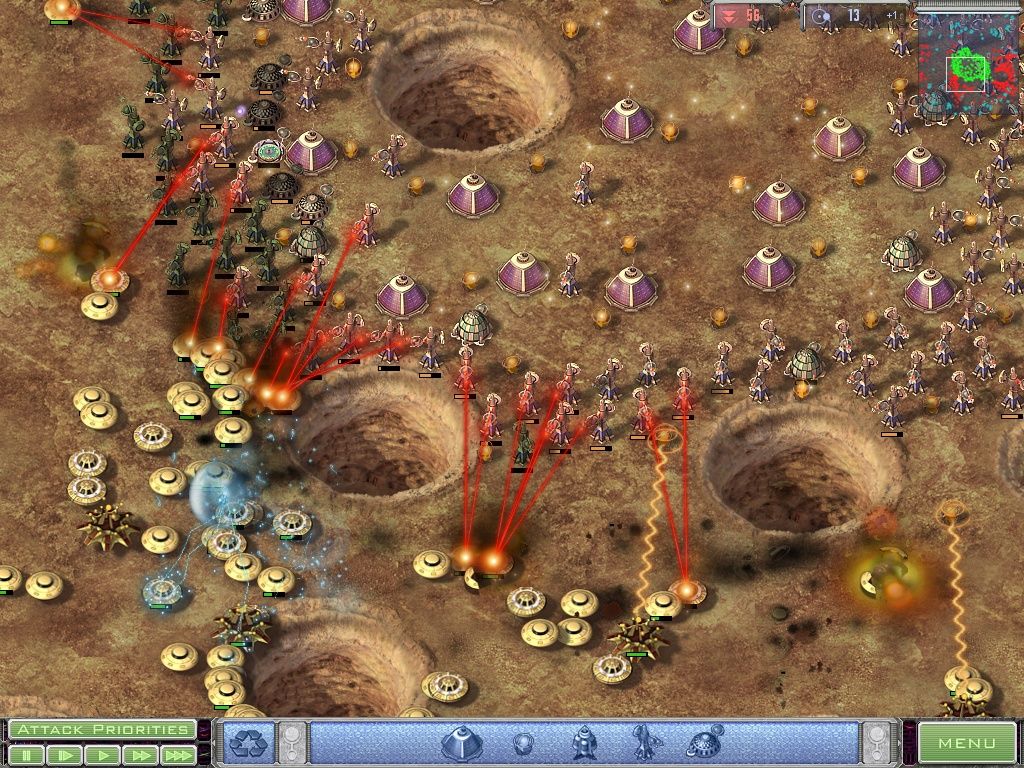



Reviews
There are no reviews yet.